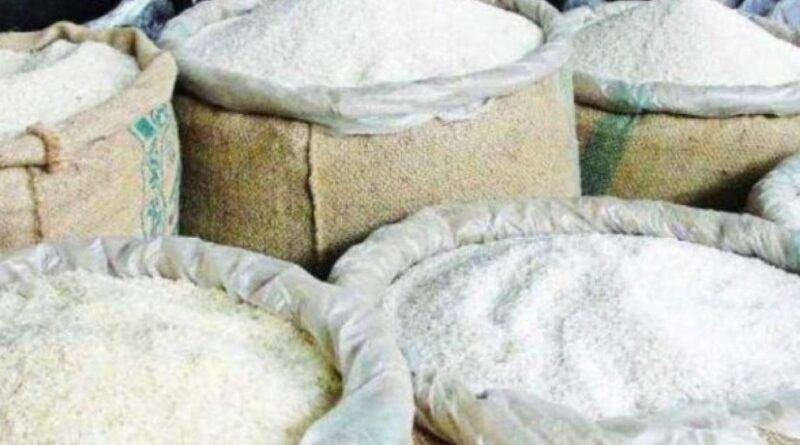India to export cereals under humanitarian assistance
By Zia Haq
The government has cleared nearly 1.06 million-tonne of grains, including wheat and rice, for export under the country’s diplomatic food assistance programme to four countries while an overall ban on wheat shipments out of the country and curbs on rice export will continue, an official said on Tuesday, requesting anonymity. India banned wheat export in May 2022 and introduced a 20% tariff on that of non-basmati rice in August 2022 to shore up domestic supplies and control prices after poor harvests. It also banned the export of broken rice, which is a key ingredient of cattle feed.
The ban exempted grain export for countries that request India for shipments to overcome shortages. At that time, food minister Piyush Goyal said although India was not a major exporter of wheat, it would supply to “friendly countries facing a food crisis”.
The food ministry has cleared over 300,000-tonne of wheat shipments to Nepal, 200,000-tonne of broken rice to Indonesia, 500,000-tonne of broken rice to Senegal, and 50,000-tonne of broken rice to Gambia after discussions with the external affairs ministry under humanitarian food assistance.
The country curbed grain exports after a heatwave plunged federally-held wheat reserves to a 14-year low last year. This year, the Food Corporation of India has purchased nearly 27 million of wheat for state-owned stockpiles, short of a targeted 34 million tonne.
Under the World Trade Agreement rules, India cannot export publicly held grains intended for domestic welfare schemes. Food exports from government stocks can be exported only for humanitarian assistance through diplomatic channels.
Last year, despite India’s ban, requests for food shipments were received from over a dozen countries as a global food crisis triggered by the Ukraine war crimped availability, pushing up prices. “Outbound shipments had gone to Bangladesh, Oman, UAE, and Afghanistan among others with an undertaking by their governments that Indian wheat should be used for their own consumption and not trade or exports,” the official cited above said.
Unlike wheat, India is a major exporter of rice. In 2021-22, the country exported nearly 22 million-tonne of rice, about a sixth of its total output. India accounts for 40% of the world’s rice shipments.
The government procures, or purchases, cereals at minimum support prices, which are then distributed to nearly 800 million beneficiaries through the public distribution system (PDS) under the National Food Security Act.
According to the food ministry’s calculations, the government will require 18.5 million-tonne of cereals for distribution under PDS and other welfare schemes, leaving it with a surplus of nearly 8.6 million-tonne.
Official figures released on May 26 showed the government procured 52.06 million-tonne of rice during the kharif marketing season (2022-23) at minimum support prices, resulting in a payout of ₹1.6 lakh crore to over 10 million farmers.
This article has been republished from The Hindustan Times

